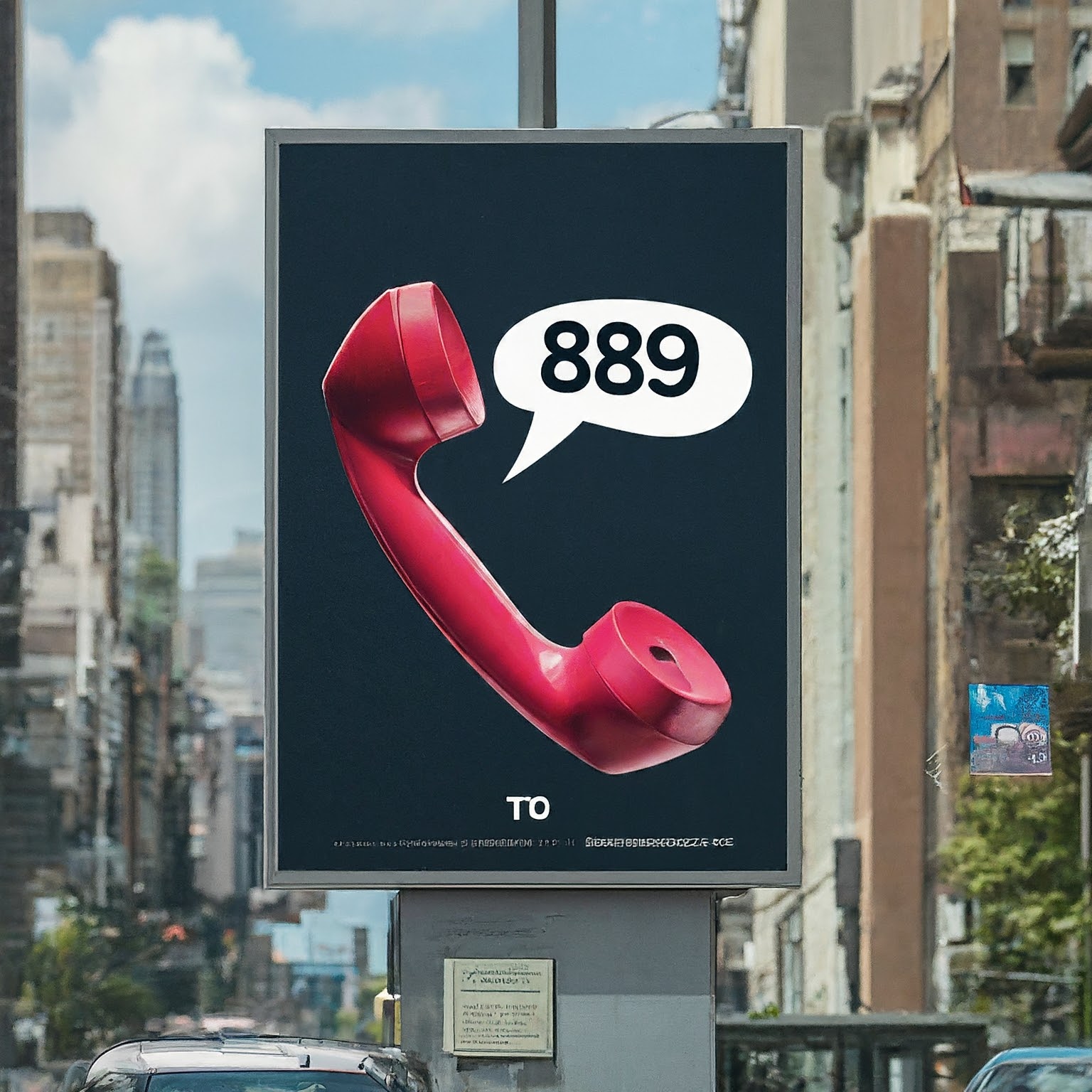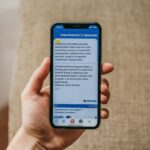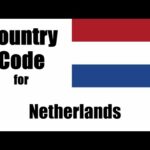The three-digit sequence 889 is a legitimate transactional short code used by major US wireless carriers, most notably T-Mobile and AT&T, for sending essential, high-volume account alerts.
The direct answer is that the 889 short code text message is an official, non-promotional notification from your carrier, primarily alerting you to mobile or mobile hotspot data usage that is approaching a threshold or cap. It is generally safe, but its content must be verified.
This article details the specific uses of the 889 short code, explains how to verify the sender, and provides actionable steps to ensure your account remains protected.

Main Body: Who Sends Texts from 889 and Why?
Short codes with 3-4 digits are typically reserved for carrier self-service or high-priority, authenticated Application-to-Person (A2P) messages.
- Primary Use: Data Usage and Billing Alerts
The 889 short code is predominantly used to deliver time-sensitive information about your consumption limits:
- Data Cap Warning: The most common message is a notification that you have used a high percentage of your allotted high-speed data (e.g., reaching the 50GB premium data cap on an unlimited plan).
- Example: “You’ve used 48 GB of data this month. If you exceed 50 GB… you may notice reduced speeds.”
- Account Status: The code can also be used for other critical, non-marketing alerts related to billing, rate plan changes, or features you have enrolled in (such as T-Mobile’s KickBack program).
- Carrier Duality: While both carriers use the code, T-Mobile‘s public documentation lists 889 as one of its internal codes, often related to data usage and alerts. AT&T also uses a similar code for security and account verification. Always assume the message is from your current wireless provider.
- Is the 889 Short Code a Scam?
No. The 889 short code is a legitimate carrier number. However, its identity is sometimes spoofed by scammers attempting to trick customers.
- Red Flags: A legitimate message from 889 will never ask for your account password, Social Security number, or full credit card details.
- Verification: If the text contains a link, look for your carrier’s official shortened domain (e.g., t-mo.co for T-Mobile). If the link looks suspicious (e.g., non-carrier domain), do not click it.
Actionable Steps: Managing Messages from 889
Since the messages are transactional and critical, you should not try to block the code entirely, but rather verify the information provided.
- Verify Your Usage Immediately
The best way to know if the message is authentic is to cross-reference the data provided against your account.
- T-Mobile App: Log into the T-Life App or My T-Mobile online portal to view your data usage in real-time.
- Check Bill Cycle: Confirm that the date mentioned for your cycle reset matches the date on your account.
- Report Suspected Spam
If the message’s content is entirely unrelated to your account or plan (e.g., promising a prize or refund):
- Action: Forward the suspicious message to the universal short code 7726 (which spells SPAM on your keypad).
- Result: This free action helps your carrier’s security team analyze the message and block similar spoofing attempts in the future.
Frequently Asked Questions (FAQ)
Will replying STOP to 889 stop my data usage alerts?
No. Because data usage alerts are considered essential for avoiding “bill shock” or throttled speeds, you generally cannot stop them by replying STOP. That keyword is reserved for marketing or promotional campaigns.
Is 889 a valid area code?
No. The US area code range starts at 201. The sequence 889 is used as a short code and is not a geographic area code.
Does 889 cost money to receive?
No. Receiving text messages from a carrier short code is free and does not count against any messaging allowances, as it is a necessary service notification.
Conclusion
The 889 short code text message is a reliable, official T-Mobile or AT&T alert for data usage warnings and account status. If you receive one, use the carrier app to verify your usage. Never trust any text, even one from 889, that asks you for personal information or password credentials.


